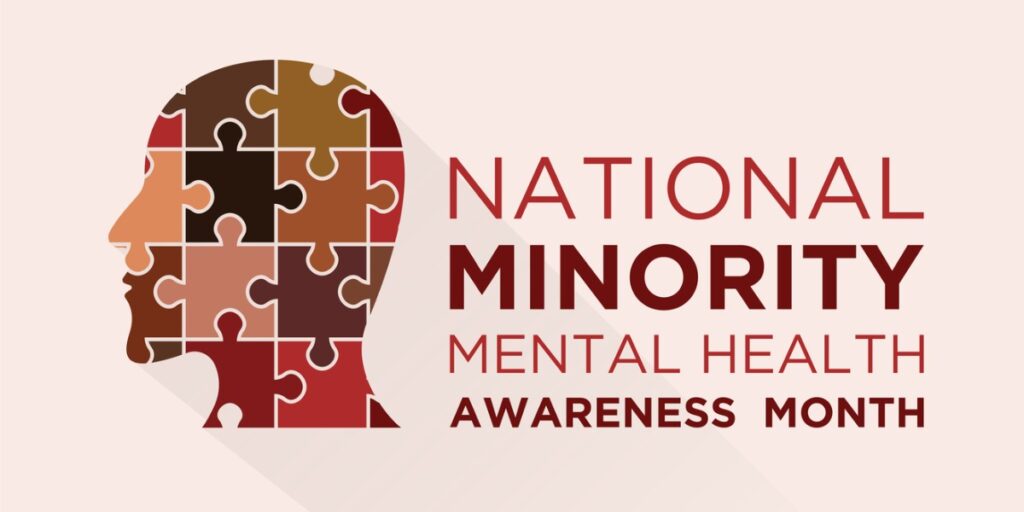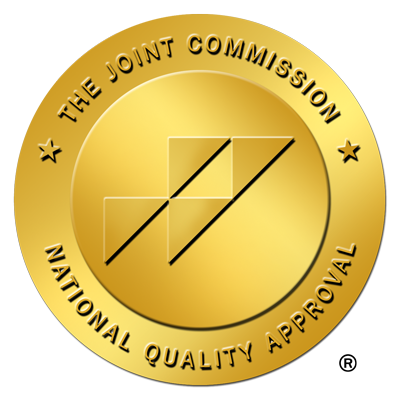Attachment Disorders
During infancy, children form powerful emotional bonds with their parents or primary caregivers. These bonds are called attachments. A secure emotional bond and healthy attachment with a caregiver creates a template for forming and maintaining healthy relationships throughout life. When the bonding process between child and adult is disrupted, the disruption can impact this ability, and lead to difficulties in forming healthy relationships and social connections during childhood, adolescence, and adulthood.
We can help children, teens, and adults understand their attachment style and help them find security, balance, and harmony in interpersonal relationships.
Treatment for Attachment Disorders at BACA: Creating a Safe Space to Explore, Learn, and Understand
Attachment disorders most often develop in early childhood, with signs and symptoms frequently observed by parents or pediatricians before age two. However, attachment issues related to disrupted bonding and other early factors can persist through childhood, adolescence, young adulthood, and beyond.
When bonding with parents or caregivers is not interrupted, and the child has a safe and secure early development period, they develop secure attachments and what’s known as a secure attachment style. A child with a secure attachment style will seek and maintain contact with their caregiver when distresses, and both receives and welcomes the soothing comfort they receive, and soon to return to stability.
When bonding with caregivers is disrupted by insufficient care and support from parents or primary caregivers, or a child experiences neglect and/or emotional, physical, or sexual abuse, they may develop an insecure attachment style.
Attachment Styles and Behavior: The Need to Treat
Insecure attachment styles occur in three basic forms:
- Avoidant. People with an avoidant attachment style:
- May turn away, ignore, and refuse attempts to help when in emotional distress
- May downplay or minimize their emotional needs, especially their need for kindness/comforting
- Resistant. People with a resistant attachment style:
- May refuse the comfort of caregivers
- May attempt to get away: children squirm and want to be put down, not held
- Often react with anger, and have problems calming down/returning to stability
- Disorganized. People with a disorganized attachment style:
- May behave in a conflicted/inconsistent manner
- May appear disoriented and fearful
- Have problems maintaining organized behavior when distressed
- May temporarily melt down due to the internal conflict of needing comfort and being desperately afraid of opening up and allowing themselves to be comforted
When one of these insecure attachment styles becomes the dominant mode for interacting with family, friends, caregivers, or others, the associated behaviors may meet clinical criteria for an attachment disorder.
What are Attachment Disorders?
The non-profit group Attachment & Trauma Network offers this excellent definition of attachment disorders:
“Attachment disorders are mental health conditions that hinder the formation of secure emotional bonds, affecting the ability to form and maintain relationships. Attachment disorders can have long-lasting effects on emotional and social well-being.”
The Diagnostic and Statistical Manual of Mental Disorder, Volume 5 (DSM-5) identifies two types of attachment disorders: reactive detachment disorder (RAD) and disinhibited social engagement disorder (DSED).
Reactive detachment disorder (RAD)
To meet criteria for RAD, a child must show/experience:
- A consistent pattern of inhibited, emotionally withdrawn behavior toward adult caregivers, manifested by both of the following:
- Child rarely seeks comfort when in distress
- Child rarely responds to comfort when in distress
- A persistent social or emotional disturbance characterized by at least two of the following:
- Low level of social and emotional responsiveness to others
- Limited positive affect, i.e. more often neutral or sad than happy
- Irritability, sadness, or fear during typical interactions with adult caregivers.
- A pattern of extremes of insufficient care characterized by:
- Neglect/deprivation due to persistent lack of comfort, stimulation, and affection provided by caring adults
- Repeated changes of primary caregivers that limit opportunities to form stable attachments
- Growing up in settings that severely limit opportunities to form healthy attachments
The DSM-V indicates the insufficient care in the last set of bullet points causes the symptoms identified in the first two sets of bullet points. In addition, the problems must appear after 9 months and before age 5 and the child does not meet criteria for autism spectrum disorder (ASD). RAD is considered persistent when it lasts longer than 12 months, and severe if all symptoms are present and create high levels of disturbance.
Disinhibited social engagement disorder (DSED)
To meet criteria for RAD, a child must show/experience:
- A pattern of behavior characterized by approaching and interacting with unfamiliar adults with the following features:
- Reduced/no reluctance or hesitation in approaching and interacting with unfamiliar adults.
- Overly familiar verbal or physical behavior that’s outside of cultural norms and not age-appropriate
- Reduced/no checking back with known adult caregiver after seeking/connecting with others, even in new/unfamiliar surroundings
- Will leave with an unfamiliar adult with little or no hesitation.
- The behaviors listed above are not explained by ADHD and go beyond the impulsivity associated with ADHD.
- A pattern of extremes of insufficient care characterized by:
- Neglect/deprivation due to persistent lack of comfort, stimulation, and affection provided by caring adults
- Repeated changes of primary caregivers that limit opportunities to form stable attachments
- Growing up in settings that severely limit opportunities to form healthy attachments
The DSM-V indicates the insufficient care in the last set of bullet points causes the symptoms identified in the first two sets of bullet points. In addition, the problems must appear after 9 months. DSED is considered persistent when it lasts longer than 12 months, and severe if all symptoms are present and create high levels of disturbance.
Signs and Symptoms of Attachment Disorders
The most common signs of attachment disorders in children and teens include:
- Bullying
- Harming others
- Excess need for attention
- Extreme clinginess
- Limited happiness/good mood/seldom smiling
- Extreme tantrums/anger/outbursts
- Little to no eye contact with adults/caregivers
- Absence of/reduced fear of strangers
- Absence of affection for caregivers
- Defiant and/or oppositional behavior
- Impaired impulse control
- Risky/self-defeating patterns of behavior
- Watching other kids but never or rarely joining activity
- Frequent withdrawn mood
- Frequent low energy
In young adults and adults, attachment disorders may manifest in the following ways:
- Problems trusting others
- Difficulty setting boundaries
- Risky behavior related to sex/alcohol/drugs/automobiles
- Problems forming healthy romantic relationships
- High levels of anxiety in relationships
- Fear of emotional intimacy/getting too close
- Pushing people away if/when they do get close/emotionally intimate
Treatment for Attachment Disorders at BACA: Openness and Empathy Grounded in Evidence-Based Techniques
Experts indicate the most effective treatment for attachment disorders in children, adolescents, and young adults follows a holistic, integrated treatment model that includes a combination of individual therapy, counseling, family therapy, parent skill classes, psychotherapy, and medication if indicated. BACA clinicians use traditional approaches as well as complementary modalities including mindfulness, meditation, and expressive therapies such as journaling.
At BACA, our treatment plans include most, but not all, of the following:
- Individual, group, and family therapy
- Weekly individual psychiatry sessions
- Education about attachment disorders:
- Lifestyle changes, including:
- Healthy eating
- Exercise
- Mindfulness
- Classes and workshops for family:
- Parent skills workshops
- Parent training sessions
- Psychiatry, if needed
- Medication, if needed
At BACA, we take the time to learn about each patient and understand what works for them. We design a treatment plan the leverages strengths, improves challenge areas, and gives each individual the greatest chance of managing the symptoms of depression and achieving stable, sustainable, long-term recovery.






